Study: U.S. Driving Distances May Have Already Peaked, What About Ownership?

North America has changed immensely under the pandemic. The government tested what it could get away with under the premise of health-and-safety-related lockdowns; countless small businesses have gone belly up while larger entities seem to be thriving. Meanwhile, we’ve been informed that nature is returning to urban environments as humanity forced itself to stay indoors. Waters cleared, the air was purified, and animals ventured deeper into our territories while we sheltered in place. It was if Homo Sapiens had finally been demolished, providing Mother Earth a prime opportunity to patch herself up.
For a time, there was even a period where you could enjoy open, nearly enforcement-free roadways. Some cities, including mine, saw traffic declines in excess of 40 percent during the opening weeks of the virus response. While this ended when New York City brought in those temporary (and wildly unpopular) quarantine checkpoints at major crossings and attempted to open up for commerce, it still seems like far fewer individuals are driving overall.
That’s because there are. People just don’t need to venture out of their homes as much in 2020 and it is not just the lockdowns contributing to this change. Ordering items online has played a major factor, as does the increased reliance on at-home entertainment. In fact, a new study has suggested Americans may never drive as much as they did just a decade ago. This seems especially likely with so many companies encouraging office-based employees to continue working from home indefinitely, flushing millions of daily commutes down the proverbial toilet.
Bloomberg has been piling up studies showing just how much time and energy has been saved on the road through 2020, estimating the national vehicle miles traveled went down 41 percent from February to April on a seasonally adjusted basis. While that number has come back up in recent months, the Federal Highway Administration reported July’s vehicle miles were still down 13 percent (seasonally adjusted) from February.
From Bloomberg:
Driving will surely creep closer to its pre-pandemic level as Americans return to their offices this year and next. But it may never quite get there. A study this summer by accounting and consulting firm KPMG forecast that vehicle miles traveled will settle at about 90 [percent] of pre-2020 levels in coming years. On a per capita basis, they were down 5 [percent] from their all-time high in the mid-2000s even before the pandemic. Driving in the U.S. would seem to have peaked.
The reasons for this decline are straightforward. More and more people have been doing their jobs from home — and getting their entertainment and buying things there as well. (Yes, the goods people buy online are delivered in vehicles, but on balance this still results in fewer miles traveled than if everybody shopped in person.) These trends, which began with the arrival of widespread broadband internet access in the early 2000s, had been gaining strength in recent years. The pandemic has accelerated them.
We have previously noted that there’s been an uptick in those interested in owning a vehicle as fears of contagion relating to mass transit increased. Urbanites (especially those born in suburban or rural areas) are likewise alleged to be fleeing cities in droves in 2020 — though many claim this phenomenon is being overstated in the media. But the above, in conjunction with Bloomberg’s own admission that “car-dependent suburbs” have been growing faster than cities since 2016, makes it seem like vehicle growth is assured.
The outlet cast some doubts on those facts production stronger vehicle sales, however, as did KPMG’s own study. It claimed that the lessened need for driving would ultimately lead to vehicles needing to be replaced far less often.
“As a result, we estimate that total U.S. [vehicle miles traveled] could drop by 140 billion to 270 billion miles per year,” the consulting firm wrote in its assessment. “The first-order effect would be a reduced need to own a vehicle and lower demand for new and used cars. We estimate that car ownership could fall from 1.97 to as little as 1.87 vehicles per household. That may not sound like much, but it could translate into 7 million to 14 million fewer vehicles on U.S. roads.”
“That’s enough to reduce the number of cars needed across the U.S. by up to 14 million per year, which would have widespread impact on the automotive industry and beyond — lower car sales, fewer replacement parts and aftermarket sales, lower gas tax receipts for states, etc.”
As a necessary counter, KPMG said the automotive industry would have to pivot focus on work and delivery vehicles — calling it a positive and indicating who this report was written for in the first place. But it stopped short of calling this scenario a sure thing and admitted that electric power trains, vehicle connectivity, and autonomous control could throw a wrench in present-day employment and production practices. It’s operating under the assumption that COVID-19 has forever changed the way the world functions, noting that it’s uncharted territory.
If KPMG turns out to be incorrect, then vehicle ownership and the total miles driven should gradually creep back up closer to normal. But we’re figuring that’s going to be long time off and presumably unlikely. Larger companies are already finding that it’s cheaper to let people work from home and the current recession seems guaranteed to suppress new vehicle sales for the foreseeable future. Even if society ultimately tells the “new normal” to take a hike, it definitely won’t happen overnight.
[Image: F11photo/Shutterstock]

A staunch consumer advocate tracking industry trends and regulation. Before joining TTAC, Matt spent a decade working for marketing and research firms based in NYC. Clients included several of the world’s largest automakers, global tire brands, and aftermarket part suppliers. Dissatisfied with the corporate world and resentful of having to wear suits everyday, he pivoted to writing about cars. Since then, that man has become an ardent supporter of the right-to-repair movement, been interviewed on the auto industry by national radio broadcasts, driven more rental cars than anyone ever should, participated in amateur rallying events, and received the requisite minimum training as sanctioned by the SCCA. Handy with a wrench, Matt grew up surrounded by Detroit auto workers and managed to get a pizza delivery job before he was legally eligible. He later found himself driving box trucks through Manhattan, guaranteeing future sympathy for actual truckers. He continues to conduct research pertaining to the automotive sector as an independent contractor and has since moved back to his native Michigan, closer to where the cars are born. A contrarian, Matt claims to prefer understeer — stating that front and all-wheel drive vehicles cater best to his driving style.
More by Matt Posky
Latest Car Reviews
Read moreLatest Product Reviews
Read moreRecent Comments
- MrIcky no
- Keith_93 I've rented both in the past few months. The RAV4 was OK, but the CX5 is wayyyy more civilized. Mazda really impressed me, impressive car on the highway. Simply a well thought out and pleasant drive.
- AZFelix "I must not fear. Fear is the mind killer..."I will adorn the many surfaces of my car with 'do not enter' and 'stop' signs."Where the fear has gone there will be nothing. Only I will remain."
- Ajla Ajla, the head of the "ajla is cool" awareness organization, believes that ajla is cool.
- Ajla I don't have interest in owning an autonomous car. I certainly don't think I'd ever "embrace it" because I like driving my car. Would I be "scared" taking a ride in an AV in 2024? Probably, although not hysterical about it. Statistically the majority of accidents, especially fatal accidents, are caused by reckless or impaired driving. I don't do those things and the AV technology of 2024 won't really save you from other people being insane on the road.



















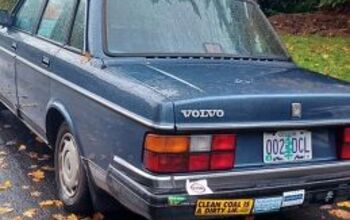
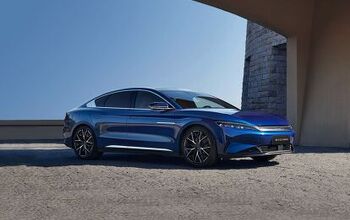
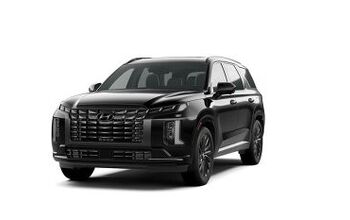
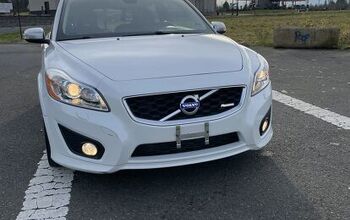
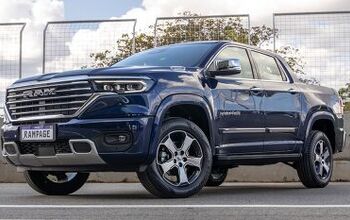
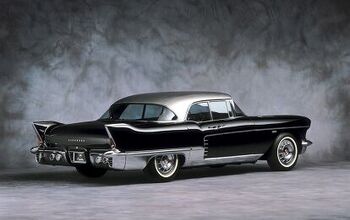
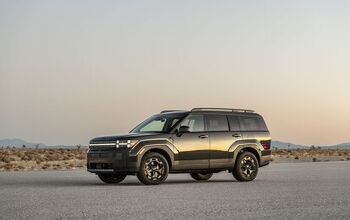
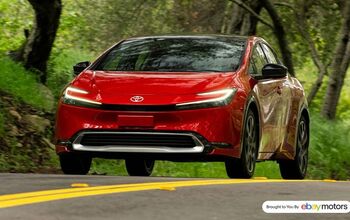
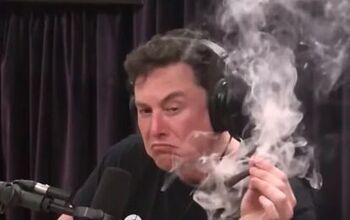
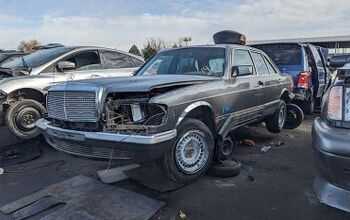
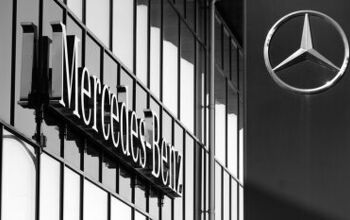

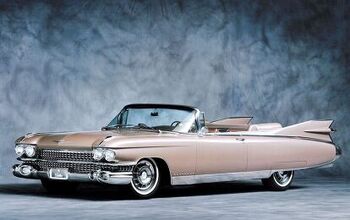
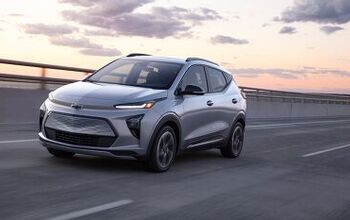
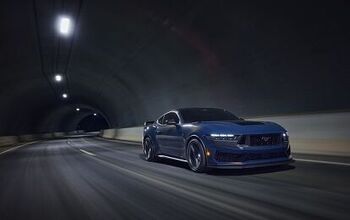
Comments
Join the conversation
Our driving hasn't changed much. My wife was already work at home and I have to be at work. We still need to get groceries but now have them brought out curbside instead of going through the store. We already bought a ton online. We don't eat in at restaurants like we used to, but some days you just have to go for a drive with the top down and wind in your hair.
The Los Angeles basin traffic is getting heavier and heavier, what concerns me the mist is the incredible increase in stop sign runners, usually at 50 + MPH . I've been riding my Moto a lot more and enjoying it, just thus morning a non mask wearing mouth breather zipped right in front of me ~ I slow way down for all intersections now . I've finally gotten my little Ranger trucklet sorted out (Bilstein shocks & new tiers) so I'm putting more miles on it and enjoying it greatly . It's a cheap truck, made mostly of tinfoil so if I get hit, I'll surely die . SWMBO is still driving to the store now and then, she doesn't like mornings and tends to go during the busiest part of the day (?! WTH?!) . -Nate